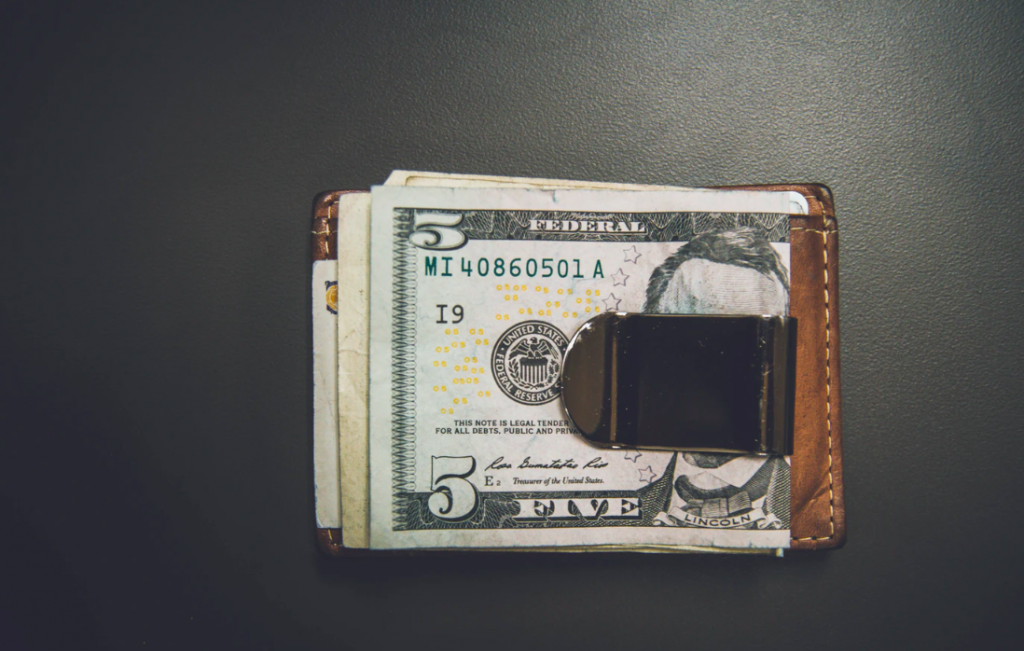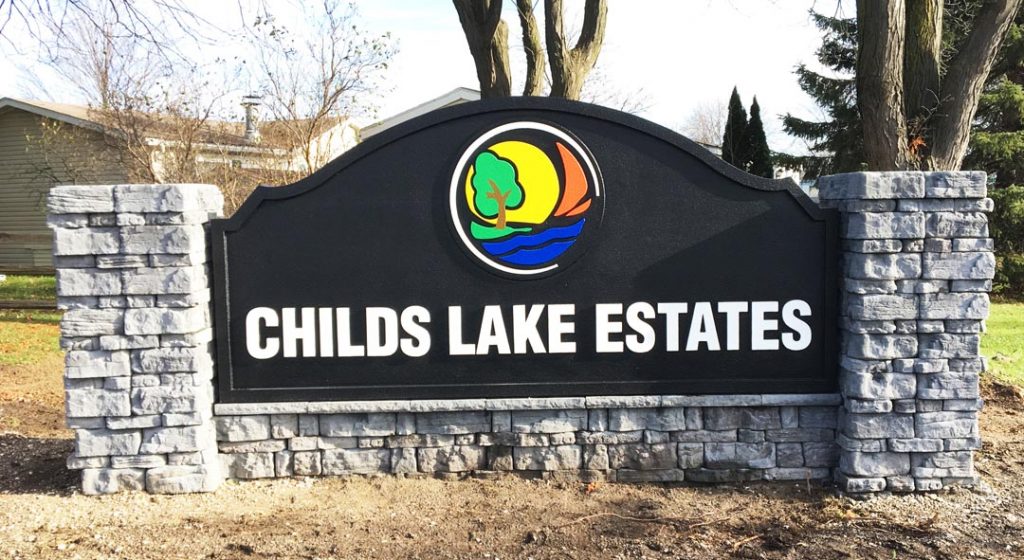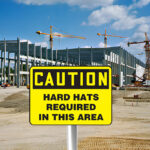Without a doubt, we need signs year-round — signs to point us to our destinations, to direct us away from danger, or even just to show us which parking space we can use. If you’re realizing you or your company don’t have the right signage, then you might be casting about for the best specialist and signs to help you fix that. But you’re wondering if the upcoming winter months could pose any special challenges to your signage experience.
Great question and we applaud you for thinking ahead. We thought we’d dig into it a little today by addressing some things to keep in mind as you acquire signs during the winter.
1 – The ground may be frozen
Here’s something to think about whether you’re digging postholes for a post and panel sign or stabbing a yard sign into the turf. The ground in winter can be much harder (even rock-solid) depending on where you live. Granted, if you’re a Floridian, this probably isn’t going to pose much of a problem for you. But if you live in the Upper Midwest or New England, you better know it’s going to be a struggle or an impossibility to make much headway in the cold, hard ground.
For us Michiganders, of course, the ground will likely be cold and frozen. No sunny Florida winters (or temps) for us. Still, that doesn’t mean you can’t put up signs in the winter. You don’t have to give up simply because we experience this season in all its cold, snowy glory.
2- You might be able to get a deal from your sign company
We agree with this suggestion from Home Advisor. Ordering a sign in the winter months might just be a good move. For your wallet, that is — and your schedule. When discussing the cost of buying signage, they had this to say: “A great tip is to order designs in the offseason during the winter because sign companies are typically busiest in the summer. Ordering during the winter may result in promotions and discounts on order as well as a shorter turnaround time.”

3 – The area could be slippery
This is something to keep in mind whether you’re installing a sign yourself or having your sign company do the installation. For yourself, you need to realize that there are some inherent hazards to outdoor work during the winter season. Snow and ice can make passageways slippery, and you may not always be able to see that the slick surface is dangerous. Be smart by using deicers where needed and wearing adequate outdoors gear (boots with good tread, for instance) when working on your sign.
Obviously, any weather-related hazards can also pose problems for the sign company working on your property. Again, you want to keep the area clear and safe for them with appropriate deicer at work. But you also want to be sure that your sign company is licensed and insured. Check with them to verify that they carry appropriate coverage for any slips, trips, or falls that occur in the course of their work.
4 – Your message may need to reflect the time of year
Likely this should go without saying, but you do want your signage to be seasonally appropriate. Of course, this is relatively easy with something like a changeable message sign or LCD display. Simply adjust the message as the seasons pass.
But if you have a less adaptable option, you’ll want to think ahead about what messages will and won’t be right for the season. For instance, maybe the dead of winter isn’t the best time for banner signs whose colors, fonts, and sentiments look beach-inspired.
5 – Your sign needs to account for winter weather
This is just something to think about before you dive in. If you’re working in a locality with plenty of snowfall each winter, try to account for that in your planning. Similarly, high winds or plenty of rain should also be factored in.

See what your specialist recommends as far as signage that won’t be constantly obscured by snowdrifts. Additionally, check how far away from roads and driveways you need to position your signage, You want them to be safe from snowplows and the snowbanks they create. Another factor could be choosing signage that won’t be damaged by exposure to deicers like rock salt or pickle brine.
Shoot for signs that are strong enough to stand in the face of whatever wind can reasonably be expected. And select materials that are prepared to hold up against rain or sleet.
Consult with the pros
For those with little experience selecting or installing signage, turning to a specialist is a great option. Some specialists can even help you in the design phase of your project. Be sure to find a specialist with good reviews and a company attitude that you’re comfortable with. Check out our What To Look For From A Sign Making Company + Questions To Ask




